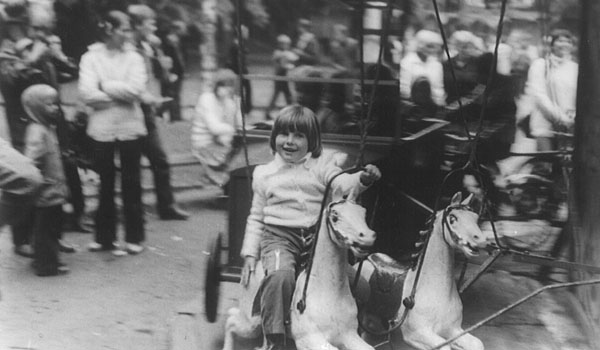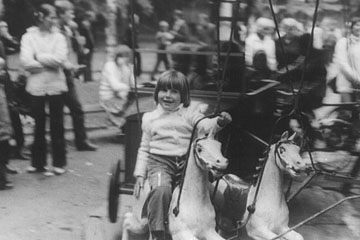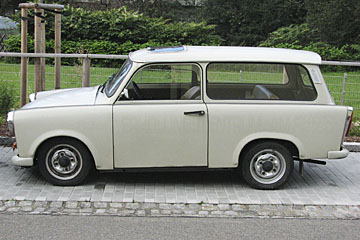
The author’s wife enjoying her childhood
I always love hearing my wife’s stories about childhood life in East Germany. She was 10 years old when she left for the West before the wall came down (yes, it was possible to leave — just very difficult).

Modern Schneeberg, where the author’s wife grew up
I was finally able to visualize her stories on a trip to Germany in 2007. The DDR museum in Dresden is like stepping into a time machine — separate and fully furnished rooms of typical houses and offices rekindled strong memories for her and provided me with a glimpse into the past. (Another entertaining look back is the film Goodbye Lenin!)
After reading another traveler’s account of his brief visit to East Berlin in 1987, I thought I’d start peppering her with more questions about what it was like to grow up in the East. The below anecdotes are strictly from her memory, the way she remembered things. I didn’t want to mess that up with any research.

